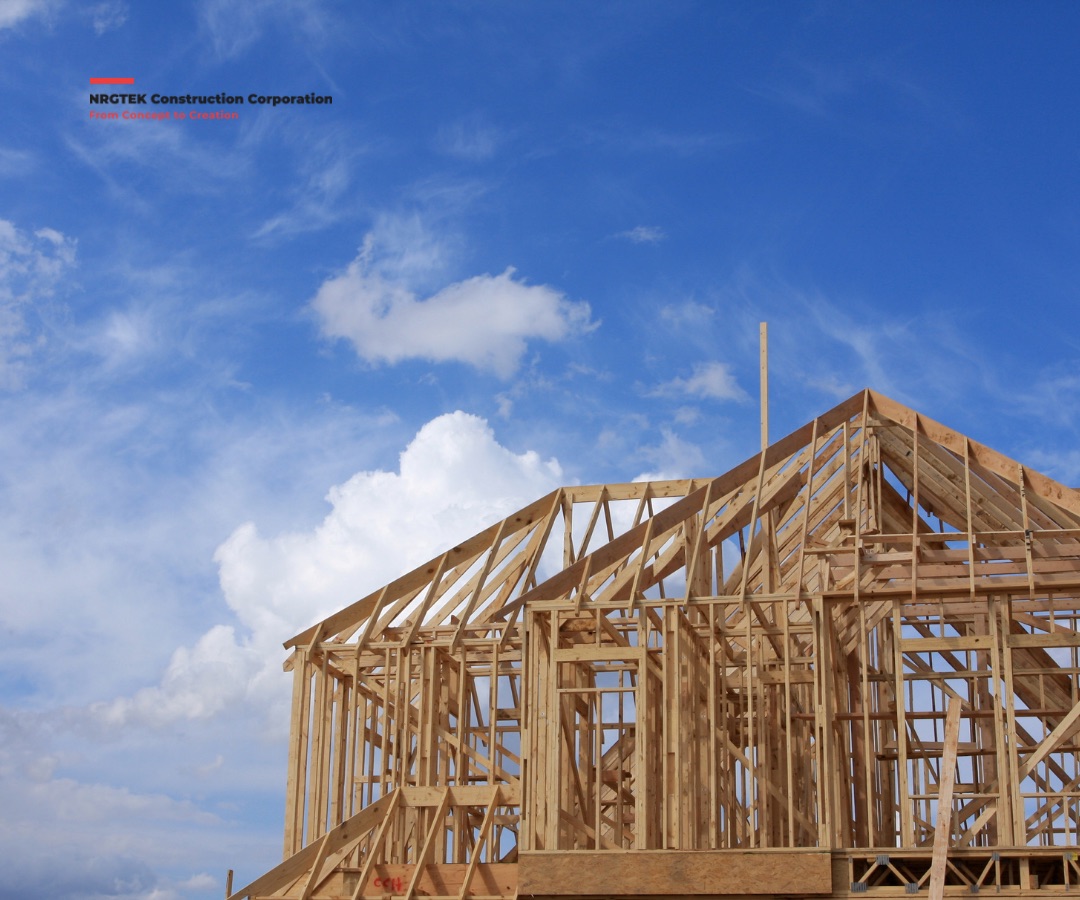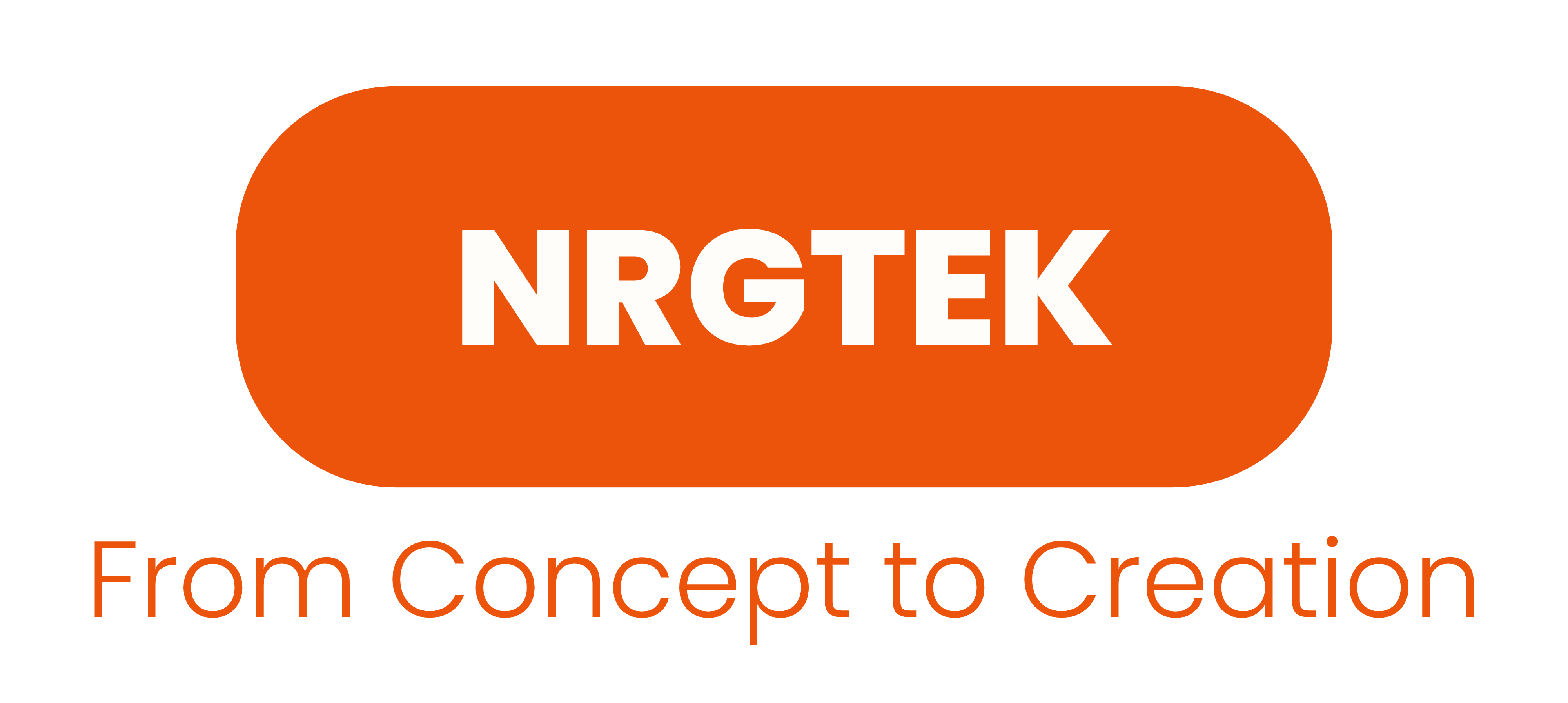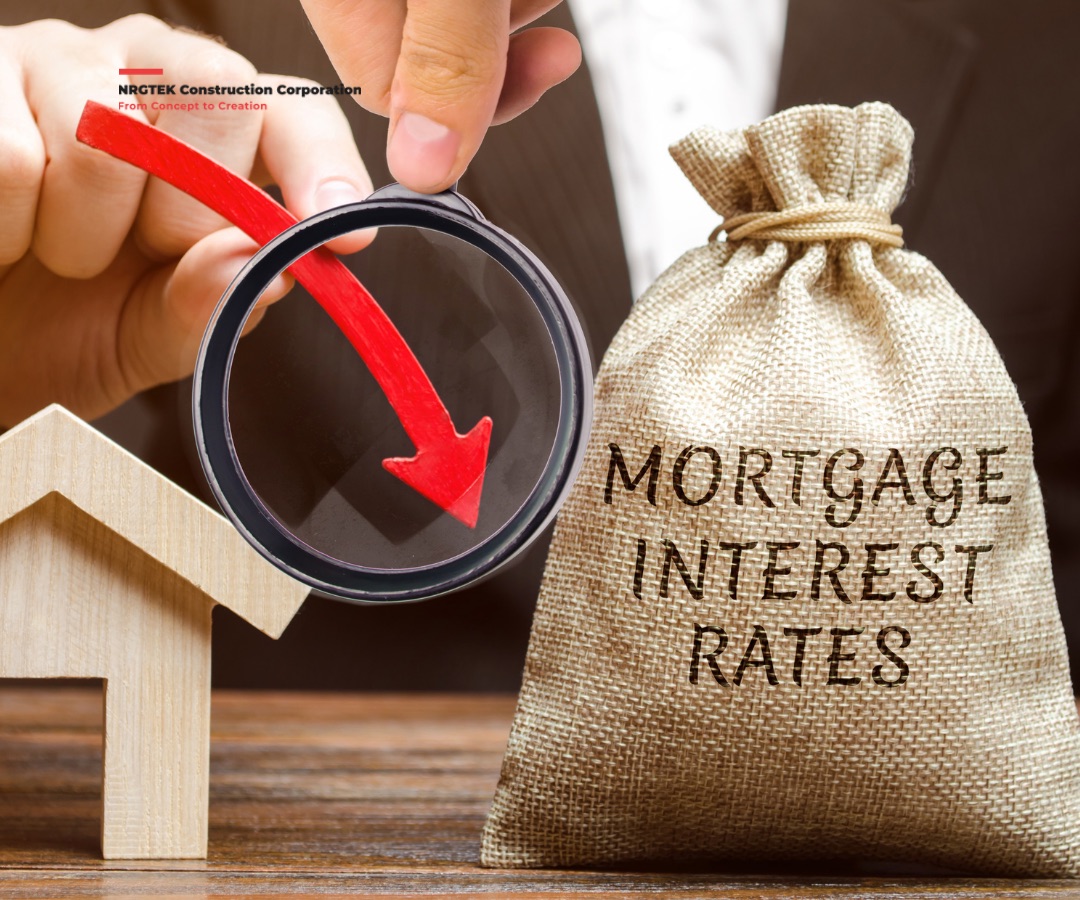
One of the many the variables that impact the constantly changing housing market, interest rates are one of the most important. The housing industry is feeling the effects of the Federal Reserve’s ongoing interest rate adjustments in response to inflation, economic growth, and other macroeconomic indicators. Knowing how interest rates and new home construction are related is essential for investors, builders, and potential homeowners to navigate the real estate market in the future.
The Impact of Interest Rates on Home Buying
The affordability of mortgage loans is directly impacted by interest rates, which in turn affects the purchasing power of homebuyers. Low interest rates make borrowing less expensive, which helps buyers afford new homes. Higher interest rates, on the other hand, may result in higher monthly payments, which may drive some buyers out of the market or cause them to look for smaller or less costly homes.
Low interest rates have historically encouraged home purchases. For example, the Federal Reserve cut interest rates to boost economic growth following the 2008 financial crisis, which led to a boom in home building and purchases. However, the Fed increased interest rates to reduce spending as the economy recovered and inflation started to rise, which caused home sales to slow down.
Current Trends
Interest rates have fluctuated significantly as of late 2023, hitting levels not seen in more than ten years. Borrowing costs have gone up as a result of the Fed’s actions and growing inflation. Consequently, there is a noticeable change in the housing market. While some prospective homebuyers are being priced out of the market completely, many are postponing purchases in anticipation of better circumstances.
The Effects on New Home Construction
New home construction frequently slows when interest rates rise. When the demand for homes declines, builders are less inclined to take on new projects. Prospective purchasers who could have boosted sales are either reluctant or unable to obtain advantageous financing. This has an impact on the industry as a whole:
- Decreased Demand for New Homes: The demand for new homes declines when interest rates rise because they result in higher monthly mortgage payments. Building projects may be halted or slowed down by builders who discover they have unsold inventory.
- Rising Construction Costs: Construction costs can rise due to a number of factors, including interest rates, labor shortages, and supply chain interruptions. When coupled with increased borrowing costs, new projects’ financial sustainability may be called into question.
- Shift in Market Focus: Builders might shift their focus to multi-family homes or more reasonably priced housing options, which frequently draw purchasers during lean economic times. This change can help them deal with the ongoing housing shortage while also adjusting to the shifting market conditions.
Future Projections for New Home Construction

Although the future of new home construction is uncertain, interest rates and other economic indicators may have an impact. The following are some possible outcomes for the years to come:
1. Stabilization of Interest Rates
A moderate level of interest rate stability could lead to a new equilibrium in the housing market. A possible revival in the building of new homes could result from builders modifying their tactics to better suit the purchasing power of consumers. Additionally, this might make it possible to create cutting-edge housing options that appeal to buyers who care about the environment, like smart homes and energy-efficient designs.
2. Economic Recovery and Growth
Even in an environment with high interest rates, the demand for housing could rise dramatically if the economy recovers and grows steadily. Strong job growth and income increases have historically been able to counteract the negative effects of higher borrowing costs. Builders may find themselves in a good position to satisfy this demand if they embrace new technologies and adjust to market conditions.
3. Government Intervention
Government regulations could be developed to encourage the building of new homes in response to the housing shortage and falling homeownership rates. This could involve investments in affordable housing projects, tax breaks for builders, or financial aid for first-time homebuyers. Such programs could promote new developments and lessen the effects of high interest rates.
4. Continued Shift to Rentals
The demand for rental properties may increase as many people find homeownership to be more challenging. In response, builders might concentrate on rental communities or multi-family developments, which can offer consistent cash flow in a volatile market. More mixed-use developments combining residential, commercial, and recreational areas may result from this change as well.
Strategies for Builders in a High-Interest Environment
Several tactics can be used by builders navigating a high interest rate environment to reduce risks and take advantage of opportunities:
Market Research and Flexibility: It’s critical to remain aware of consumer preferences and market trends. Builders are likely to succeed if they can quickly adapt to meet new needs, such as eco-friendly homes, affordable housing, or rental properties.
Partnerships and Collaborations: New initiatives can be facilitated by working with local authorities and community groups, particularly in places where the shortage of affordable housing is an urgent issue. These collaborations may also lead to financial opportunities.
Innovative Financing Solutions: Providing alternate financing choices, like seller financing or lease-to-own agreements, could draw in purchasers who are reluctant to commit to conventional mortgages.
Focus on Quality and Sustainability: In a crowded market, builders can stand out by highlighting sustainable practices and high-quality construction as buyers grow more discriminating. In addition to drawing in buyers, this may result in long-term maintenance and utility savings.
Conclusion
Interest rates have a significant impact on how new home construction is shaped. Homebuyers, builders, and investors must all negotiate the challenges of a shifting economy as we go forward. Although there are difficulties in the current environment, there are also chances for creativity and adjustment.
The housing market may continue to change in the upcoming years due to changes in policy, technology, and demographics. Stakeholders can better prepare for the future and guarantee that many people can still achieve their goal of homeownership by comprehending the complex relationship between interest rates and new home construction.











Hello there! I know this is kinda off topic but I was wondering if you knew where I could get
a captcha plugin for my comment form? I’m using the same blog platform
as yours and I’m having difficulty finding one? Thanks a lot!
Sweet blog! I found it while surfing around on Yahoo News.
Do you have any tips on how to get listed
in Yahoo News? I’ve been trying for a while but I never
seem to get there! Cheers